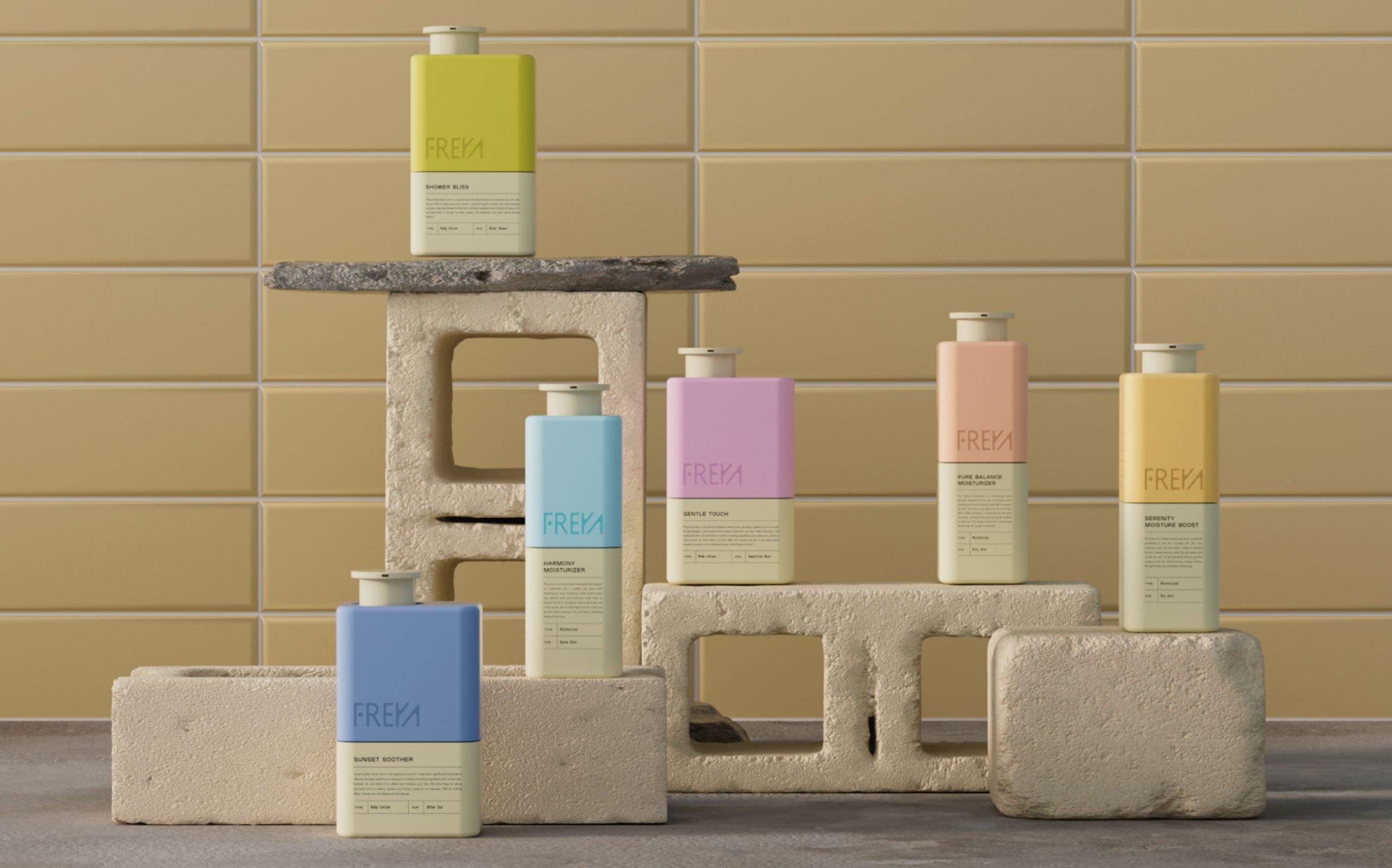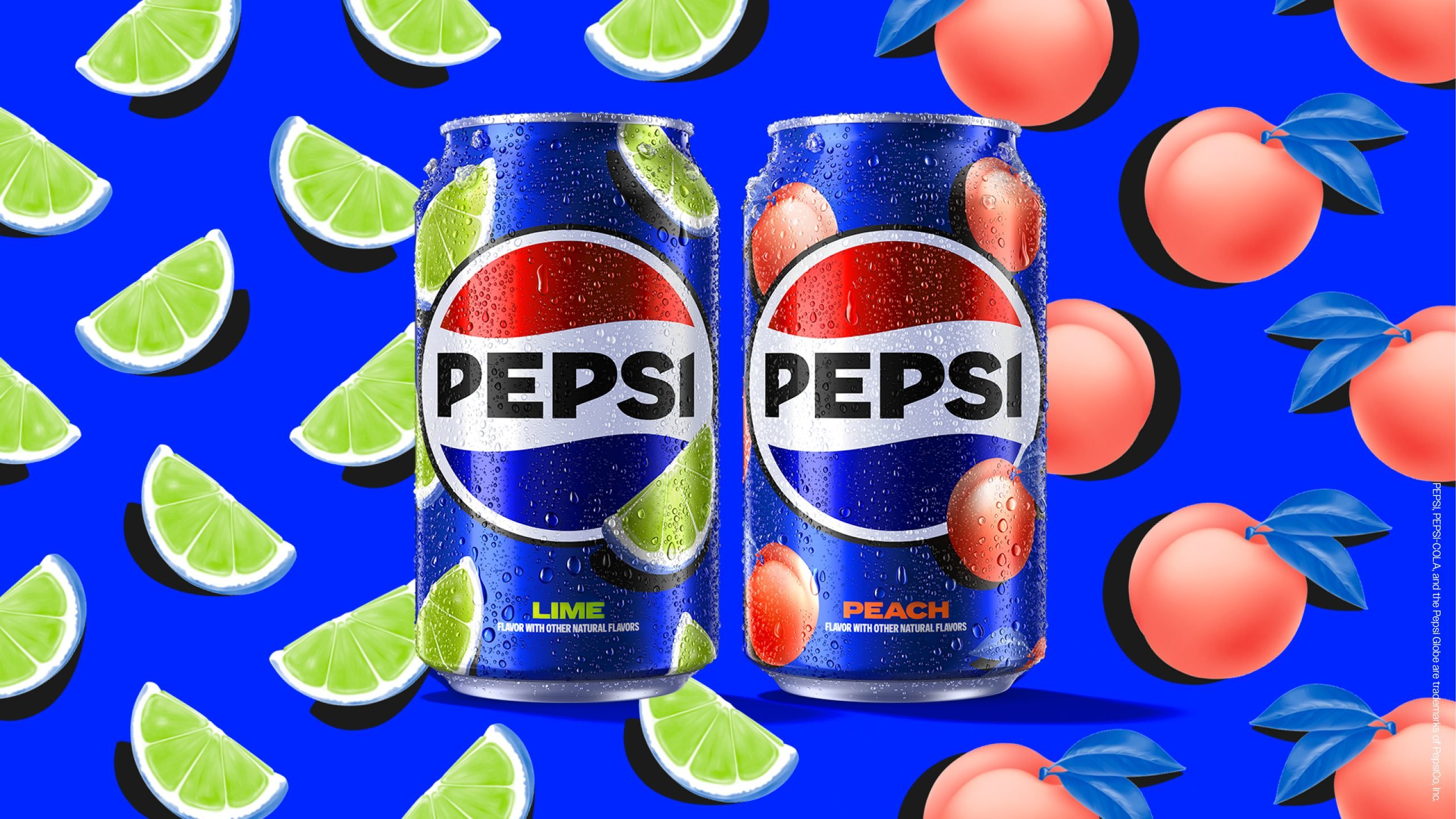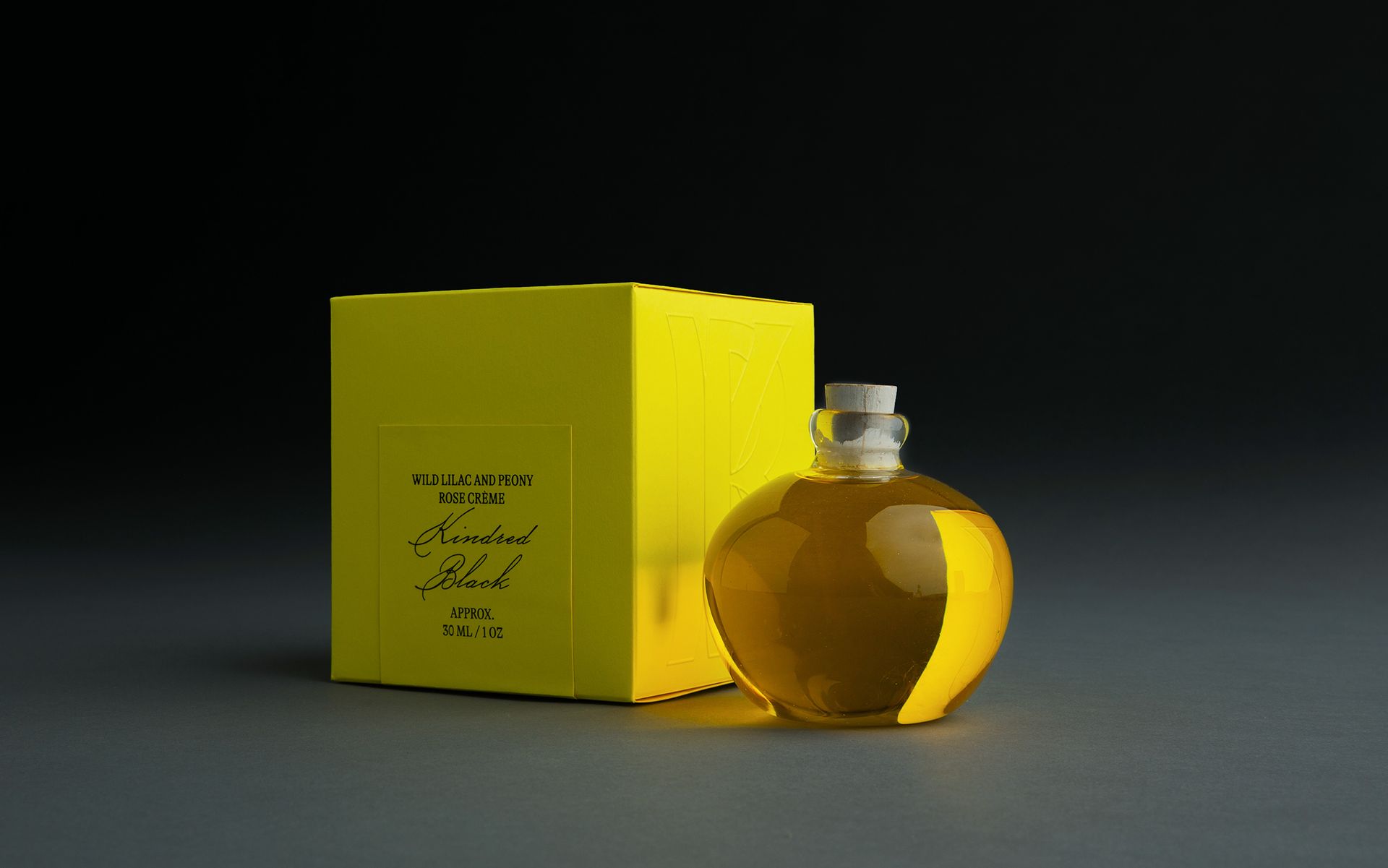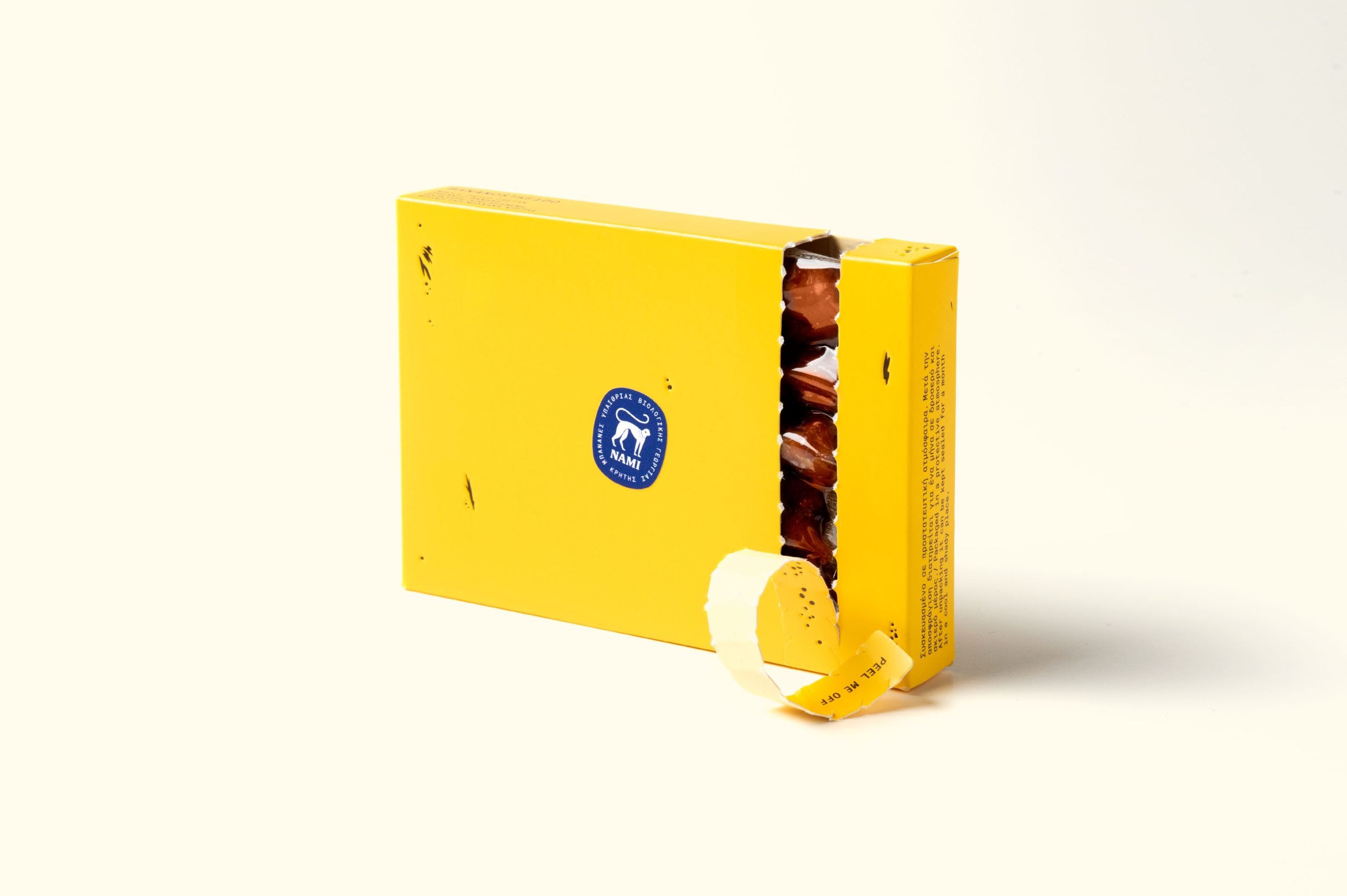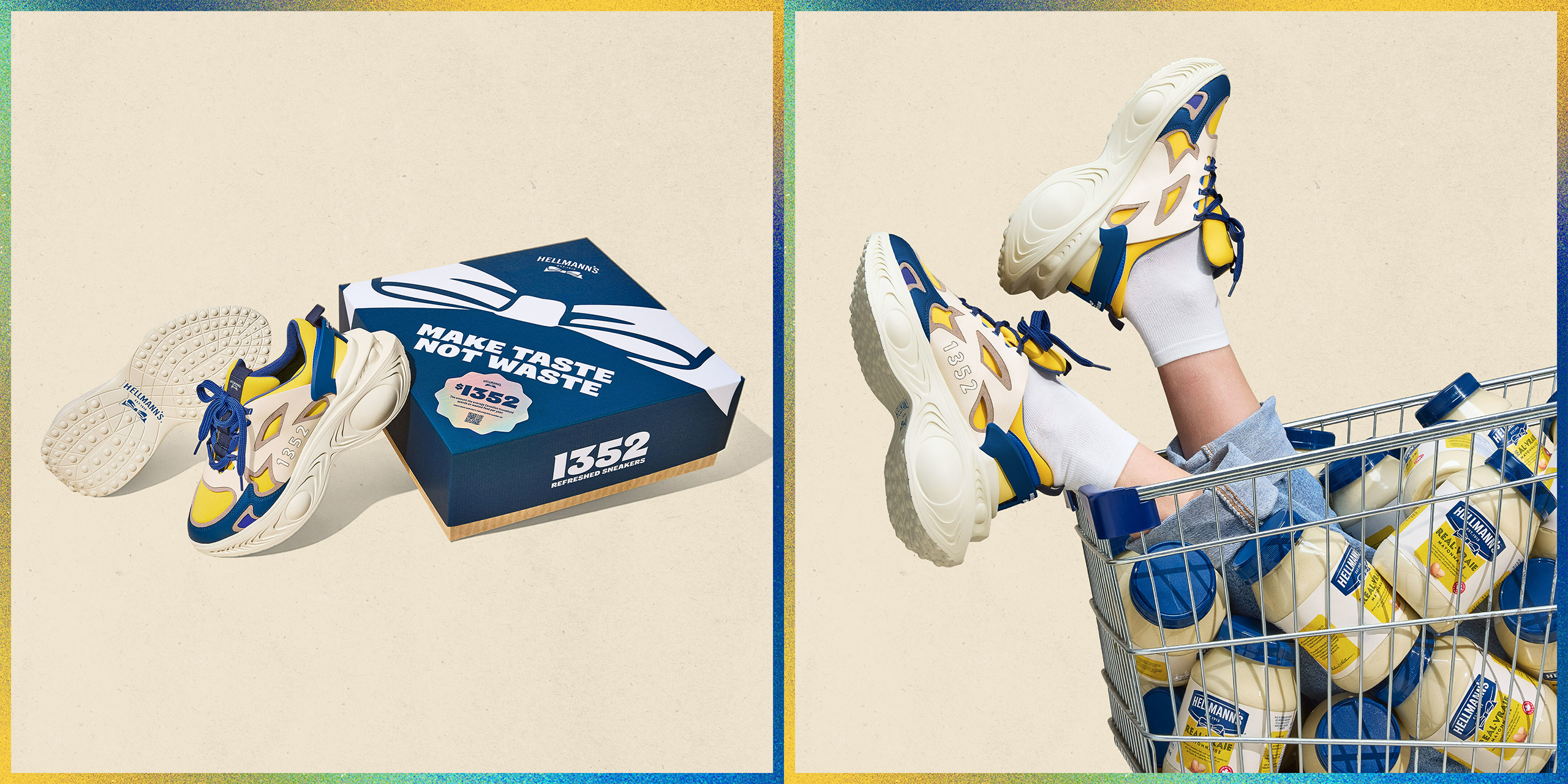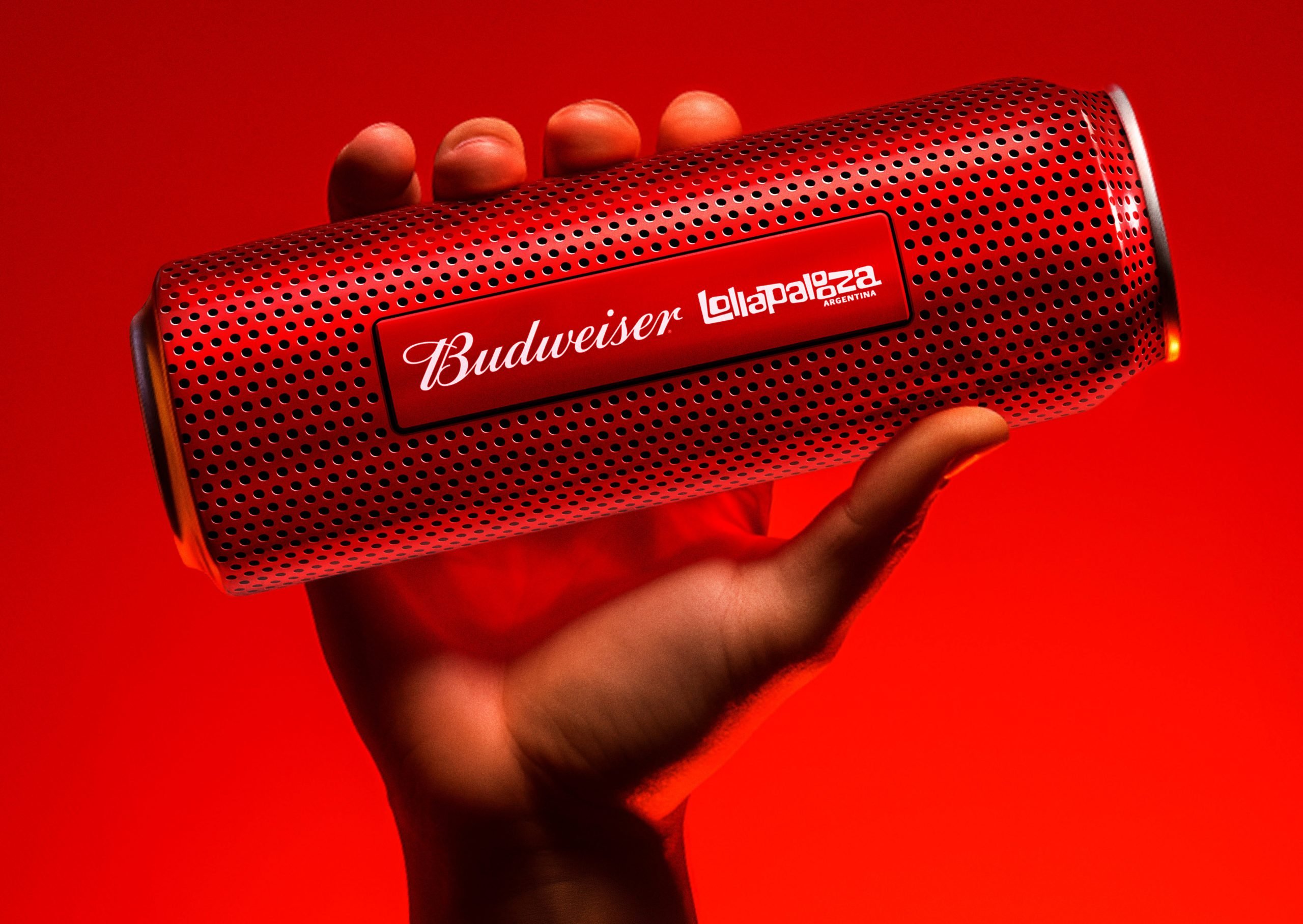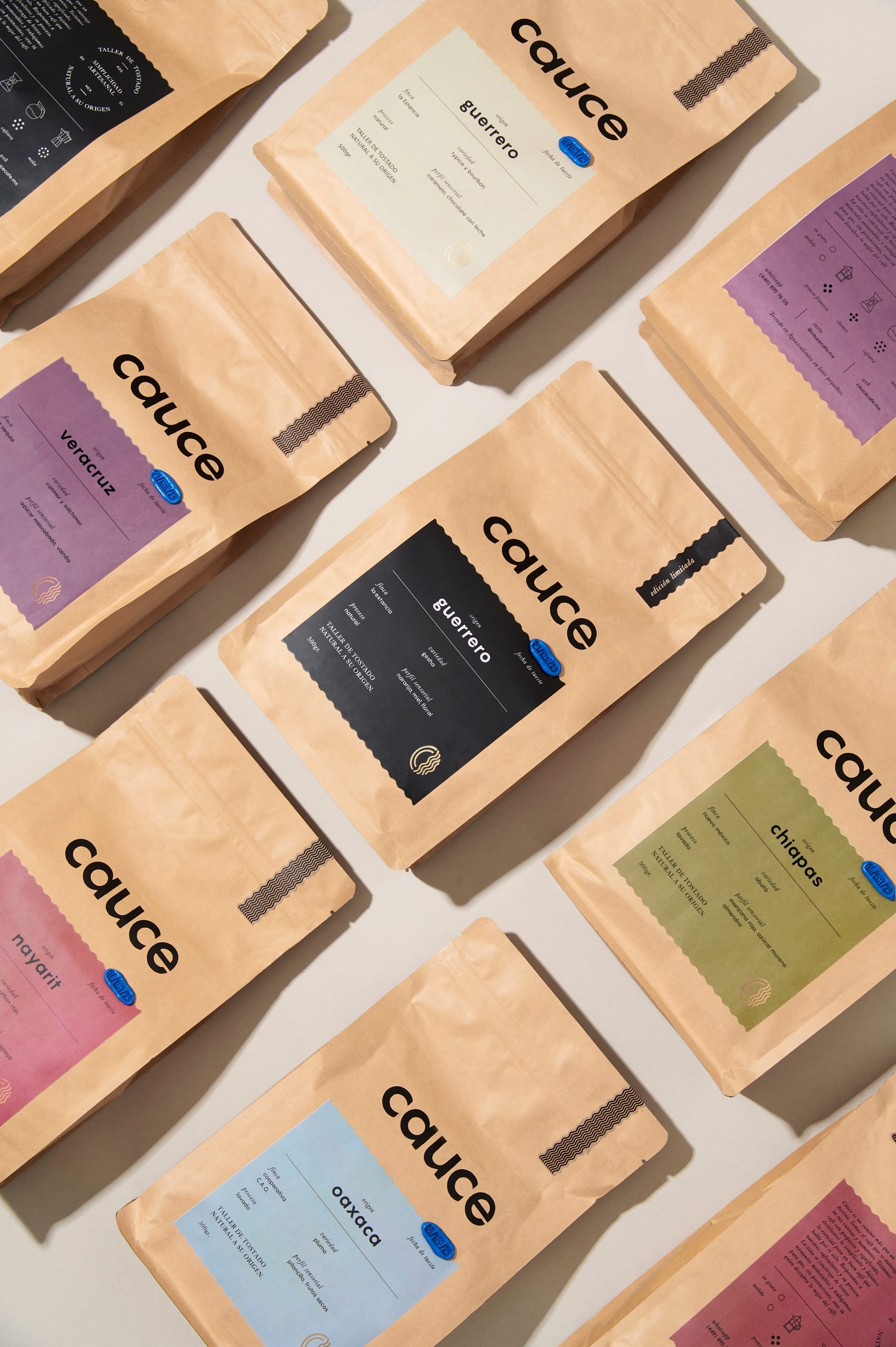âI grew up both in the woods and by the ocean shore,â Julia Marsh said of her childhood home in Carmel, California. âItâs this special place where the forest meets the sea, and I had this really deep love for ocean and forest ecosystems. I was taught to respect nature from a really young age.â
When Julia became a designer and started developing brand and packaging systems, that reverence for Mother Earth felt at odds with her career. She hated being forced to rely on single-use plastic packaging, so she decided to look for an alternative material. After exploring reusable, non-packaging, and compostable options, Julia discovered she only had to turn to the sea.


